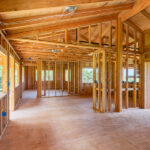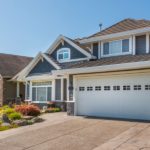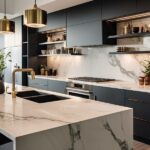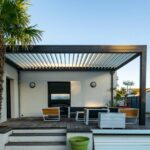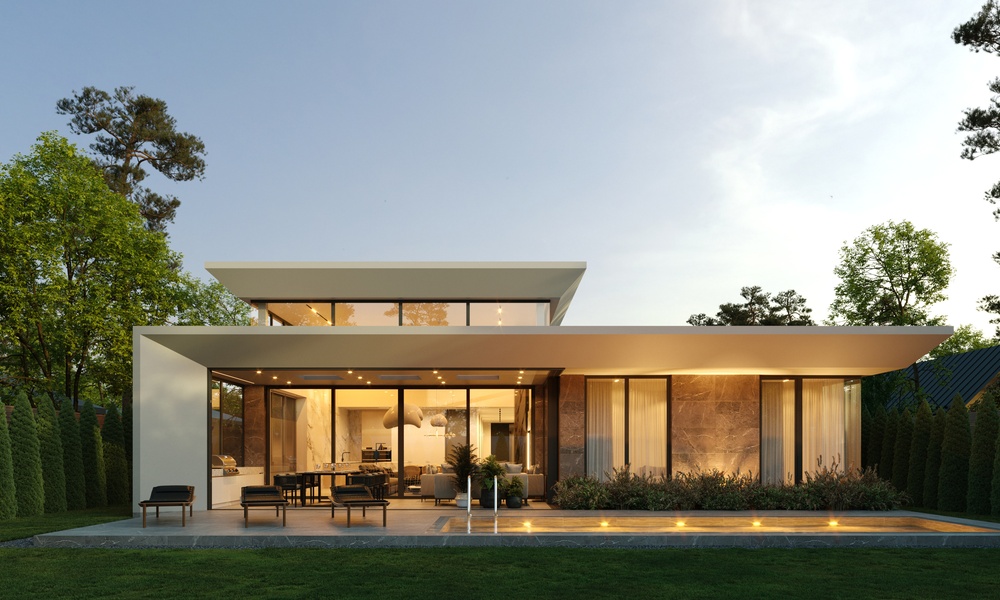
Flat-roofed homes are gaining popularity, especially among homeowners looking for a modern and minimalist aesthetic. Unlike conventional pitched roofs, flat roofs come with their own unique set of benefits and challenges. Here’s an honest look at the pros and cons of choosing a flat-roofed home if you’re considering building or buying one.
Pro: Modern Aesthetic
If sleek lines and contemporary design speak to your taste, flat-roofed homes deliver on that front. The clean, geometric structure gives your home a modern and luxurious appearance. Add large windows or minimalist styling to the rest of your home design, and you’ll have a home that stands out for its elegant curb appeal.
Pro: Space Utilization
Flat roofs don’t only provide shelter; they can also offer additional usable space. You can transform the rooftop into a functional outdoor area, such as a garden, lounge, or terrace. This added utility can make a flat-roofed home feel more spacious and versatile, and adding green spaces can further boost your home’s curb appeal.
Pro: Efficient Installation and Maintenance
Flat roofs are known for their efficient installation and easy maintenance. Their simple design requires fewer materials and less time to construct compared to pitched roofs, streamlining the building process. Therefore, you can move in faster and immediately start designing your space exactly how you want it.
Maintenance is also more straightforward, as the flat surface provides easier access for inspections, repairs, and cleaning. Flat roofs are a great choice if you’re looking for a roofing option that saves time and effort.
Con: Drainage Issues
However, flat roofs aren’t without their drawbacks. One common challenge to note is drainage.
Unlike pitched roofs, flat roofs don’t naturally allow water and debris to slide off. Improper drainage can lead to pooling water, which increases the risk of leaks and water damage over time. Investing in a high-quality drainage system is critical to mitigate these risks.
Con: Insulation Challenges
The energy efficiency of flat roofs can also be a concern. They tend to absorb more heat in summer and lose warmth in winter, which can drive up heating and cooling costs as you adjust your HVAC to match. Without proper insulation, you may find yourself spending more on energy bills.
Con: Maintenance Requirements
Flat roofs demand consistent care to remain durable. It’s best to leave maintenance tasks for flat roofs, such as detecting leaks or checking drainage systems, to a professional roofing contractor. Regular professional inspections are also essential to extend your roof’s life and maintain its performance.
Weighing the Decision
Flat-roofed homes can be a fantastic choice for those who value modern aesthetics, practical rooftop space, and curb appeal. However, they come with specific challenges, such as drainage, insulation, and ongoing maintenance needs. Ensure you consider the pros and cons of choosing a flat-roofed home to feel happy and comfortable in your new home.

